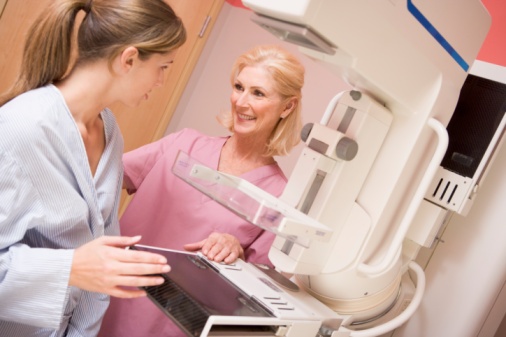
Researchers in the United Kingdom developed an online tool that can more accurately predict breast cancer risk.
Breast and Ovarian Analysis of Disease Incidence and Carrier Estimation Algorithm (BOADICEA) risk model incorporates the effects of truncating variants in BRCA1, BRCA2, PALB2, CHEK2, and ATM; a polygenic risk scores based on 313 single-nucleotide polymorphisms (SNPs) explaining 20% of BC polygenic variance; a residual polygenic component accounting for other genetic/familial effects; known lifestyle/hormonal/reproductive risk factors; and mammographic density. The researchers said combining all of these factors into one tool can better help physicians predict breast cancer risk.
Alongside @CCGE_Cambridge we've just published the new comprehensive BOADICEA model to predict breast cancer risk: https://t.co/UPnRdwwt7j pic.twitter.com/LbyySdFnUT
— Primary Care Cancer Group (@PCUCancerGrp) January 16, 2019
“The highest BC risk stratification is achieved when all genetic and lifestyle/hormonal/reproductive/anthropomorphic factors are considered jointly,” the researchers noted. With these factors, the predicted lifetime risks for women in the U.K. population vary from 2.8% for the first percentile to 30.6% for the 99th percentile, with 14.7% of women predicted to have a lifetime risk of ≥17% to <30% and 1.1% a lifetime risk of ≥30%.
BOADICEA: an online tool to calculate #breastcancer risk stratification in the general population and women with family history, and facilitate individualized, informed decision-making on prevention therapies and screening.@naturehttps://t.co/jMXSLK4XHb
— 𝙅𝙚𝙨𝙪𝙨 𝘼𝙣𝙖𝙢𝙥𝙖 𝙈.𝘿, 𝙈.𝙎🧬🔬 (@jesusanampa) January 15, 2019
Breast cancer risk remains decades after giving birth.
Weight loss may lower breast cancer risk in older women.
Source: Genetics in Medicine







 © 2025 Mashup Media, LLC, a Formedics Property. All Rights Reserved.
© 2025 Mashup Media, LLC, a Formedics Property. All Rights Reserved.